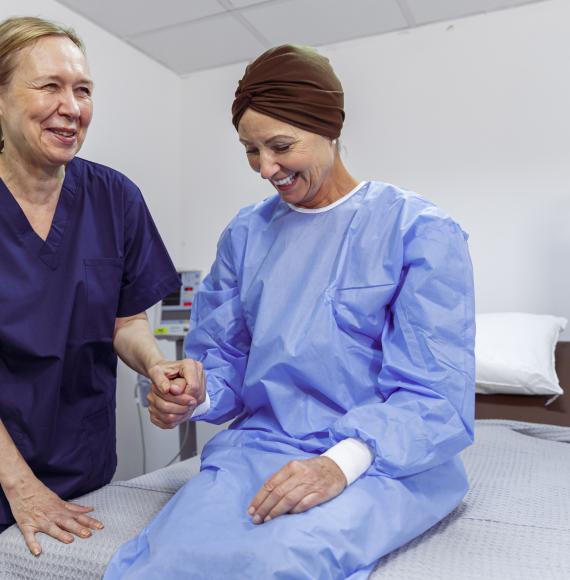A new report has been published by NHS Business Services Authority detailing who is prescribed dependency forming medicines the most, where those people are situated, and how much they cost, all compared to seven years ago.
NHS Business Services Authority say the report aimed “to describe the prescribing of dependency forming medicines in a primary care setting in England that are dispensed in the community.”
The report focused on four main classes of medication:
- Opioid pain medicine
- Gabapentinoids
- Benzodiazepines
- ‘Z’ drugs
The main takeaways from the report were that in 2021/22, there were 67.7 million dependency forming medicines prescribed in England amassing a cost of £405m. This compares to around the same number of dependency forming medicines prescribed in 2015/16 but for a cost of £779m.
The report also found that the most prescribed dependency forming medicine were opioid drugs in 2021/22 with 39.6 million units at a cost of £307m, which compares to the £419m it cost back in 2015/16.
A total of 7.1 million identified patients were prescribed dependency forming medicines in 2021/22 – this equates to a 1.16% increase from 7.02 million patients in 2020/21, and an 11.8% decrease from the 8.05 million patients prescribed in 2015/16.
Female patients aged between 55 and 59 were the most common demographic prescribed to, with 406,000 patients in 2021/22. The next most common groups were females aged between 70 and 74 and women aged between 60 and 64.
The most deprived areas of England were the ones prescribed the most dependency forming medicines in 2021/22 – the most deprived areas received one and a half times as much prescribing as the least deprived areas.
The report will be just the first in a series by NHS Business Services Authority, which have been commissioned in response to Public Health England’s Dependence and withdrawal associated with some prescribed medicines review.
To read NHS Business Services Authority’s full report, click here.



















